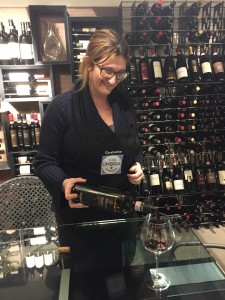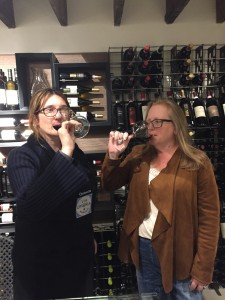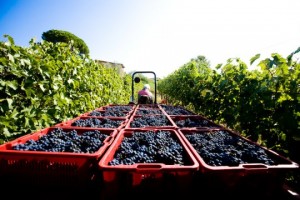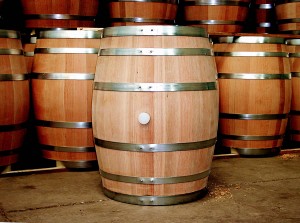As a sommelier, when I lead a wine tasting, I start from my passion. I began studying wine in 2008, which is also when I began to look at the journey of wine from producer to glass. That’s really how I came to understand wine. It’s important for wine lovers to know about where their wine comes from and how it’s made. Wine can taste very different when you know these things.
The first thing I tell people at a wine tasting is, “trust in your mouth.” What do you like? If a certain kind of wine agrees with your palate, explore that. If you’re just starting to seriously learn about wine, know that your tastes will change over time. Initially, I drank only simple wines, but eventually my preferences shifted. It takes time to develop a sense for all the components that make up a complex wine.
So, trust in your mouth, and your other senses, too. When tasting wine, start with your eyes. Look into your glass and observe the color of the wine. See how the light hits the wine in the glass.

Then, you must listen to the wine. How does it sound when the sommelier pours the wine into the glass? From this information, you’ll start to put together some ideas about the wine, which you must then confirm with your nose and, last of all, your tongue. It’s simple, but also very complex. All the senses are engaged and working together to determine what you are drinking.
As a sommelier, I’m very interested in matching wine and food. In Italy, we have lots of traditional foods to pair with traditional wines, and many different kinds of indigenous grapes from the North to the South. We are very rich, from this point of view. Umbria has an especially beautiful variety.
Grechetto, for example, is a white grape typical of Umbria. Although sometimes we may expect white wine to be thin, Grechetto is very structured, with an almond finish. In some ways, it’s similar to a red wine: it’s wonderful with beef, for example.
Trebbiano Spoletino pairs well with Umbrian cereal soups made of slightly sweet, nutty grains like barley and faro (with a little olive oil on top). They go together nicely because Trebbiano Spoletino delivers a fresh, fruity finish. Both Grechetto and Trebbiano Spoletino are white wines, but your tongue will react quite differently to each!

The two traditional red wines of Umbria are Montefalco Rosso and Sagrantino. Both are perfect with beef, pork, and fresh black truffle. Montefalco Rosso is a blend of about 70% Sangiovese, a widely cultivated grape in Umbria, and 15-20% Sagrantino. Each winery can choose which kind of grape makes up the last portion. Merlot or Cabernet Sauvignon are typical.
Sagrantino is somewhat astringent and robust, but it’s also long and elegant, leaving room for notes of fruit and spices. The Italian laws about production are very clear: a Sagrantino must age for 37 months. When it comes to rich, complex wines, it’s not so easy to maintain elegance, but a good Sagrantino does. Wine is like an orchestra. All the instruments have to play at the right moment, in perfect time, to create a symphony.
To learn more about Umbrian wines (and taste some yourself) join us for Ombretta’s wine tasting class on Wednesday 3/9! Test out what you’ve learned with a wine dinner afterwards.
Ci Vediamo!
Above, watch Ombretta do a quick swirl and swish in the Via Umbria wine cave.




